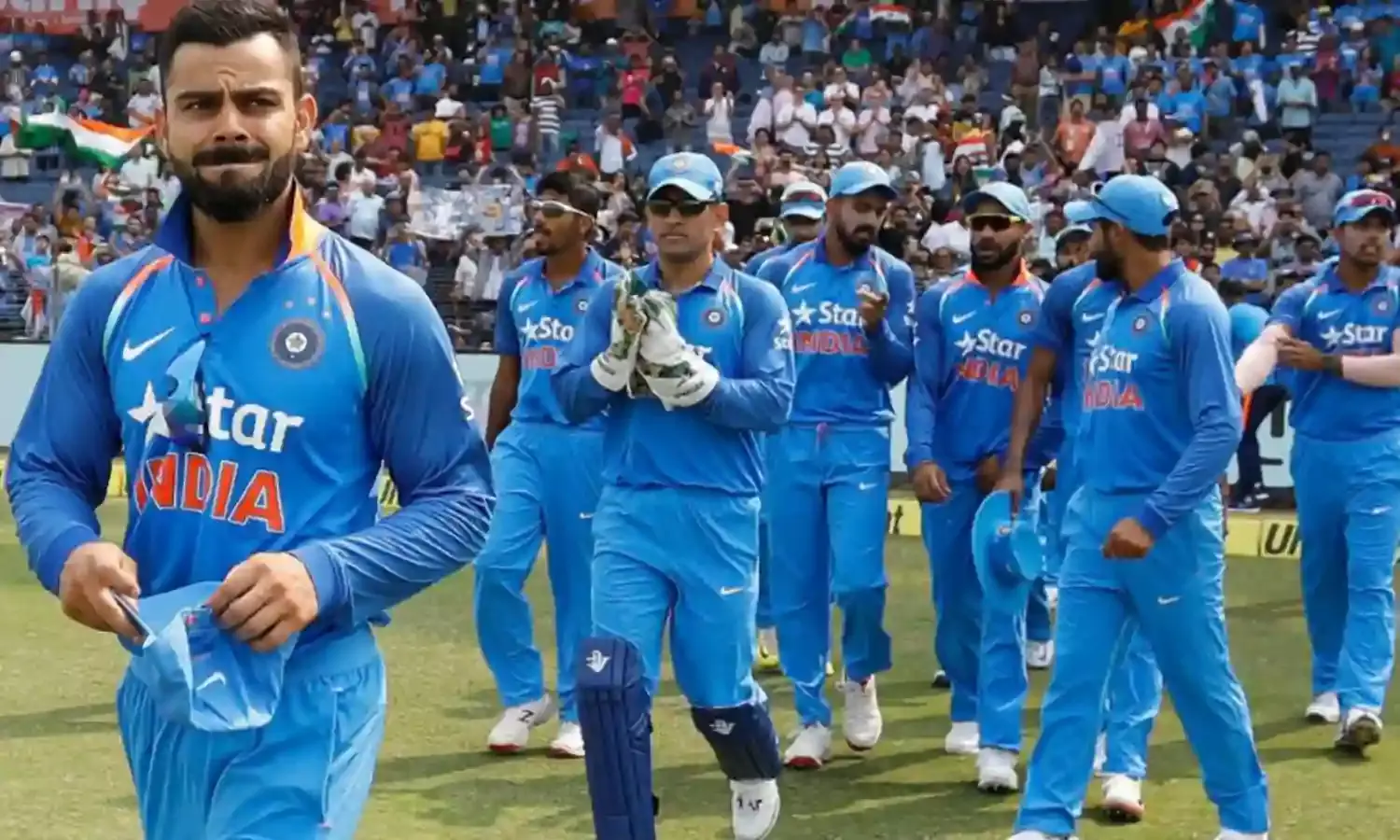Flexibility is Key in India’s Post-Dhoni T20 Side
India could reach peak T20 levels before the start of the World Cup in 2020 in Australia

It is perhaps hard to believe that India haven't yet reached their T20 zenith. The gala Indian Premier League which runs for two months is almost a training school for some of the best short-format players in the country, and quite a few of them have put in compelling performances that demand their selection.
For the past couple of years, the Indian T20 landscape had one major conundrum: a problem of plenty. Options were so abundant that there were two sides to the coin in almost every selection India made in the format. That there wasn't a T20 World Cup due until 2020 narrowed the context for some of the bilateral games, but one factor that left most befuddled was the presence of MS Dhoni in the side.
A pioneer of the format in the country, Dhoni's waning strike rate earned him some criticism even in the 50-over format. A brilliant IPL in 2018 and subsequently another triumph for the Chennai Super Kings settled the dust somewhat, but it remained a fact that Dhoni wasn't somehow fitting in well with the Indian scheme of things, where the top-order scored heavily.
When the axe did fall, it wasn't graceful. ‘Dhoni is not going to play the six T20Is [against the West Indies and Australia] because we are looking at the second keeper’s slot. So I think we will retain Rishabh Pant and Dinesh Karthik. So they will be getting a chance to keep and bat. It is not the end of Dhoni in T20Is,’ announced chief selector MSK Prasad.
The returns are already there to be seen. There is a flexibility in the side which was missing the past few years. The addition of Krunal Pandya and Rishabh Pant has brought a gush of fresh air to the line-up, and in these two India also have floaters, who can move about in the batting order.
‘Horses for courses’ is vehemently promoted by skipper Virat Kohli on overseas Test tours but somehow the same hasn't happened in T20Is. Using players based on game situations is now a more likely proposition as Pant and Krunal are used to batting that way for their IPL sides.
India already explored the Pant option in the last T20I, albeit unsuccessfully, but this shouldn't deter them from experimenting more. The nuances of T20 cricket remain largely unexplored and unexploited, and setting the standards in the format the country goes gaga over is only a fair response to the millions of fans.
The new-found suppleness is perhaps a sign of things to come from the Indian T20 side. The inclusion of Shreyas Iyer, Krunal Pandya, Khaleel Ahmed and Rishabh Pant were a step in the right direction. While the hapless Windies haven't really tested the Indians, the Australian series should give a fairer idea, and the think tank have done a good job in persisting with all but one player for the series Down Under.
With Rohit Sharma, Shikhar Dhawan and KL Rahul at the top alongside Virat Kohli, the opening order is tightly packed. Rishabh Pant, Shreyas Iyer and Krunal Pandya bring aggression to the middle, although Pant and Iyer are unlikely to be picked together. Dinesh Karthik has taken upon himself the finisher role, while the return of Hardik Pandya should bring further firepower to the lower middle order.
When it comes to bowling, India have one of the most potent seam attacks in the format. Jasprit Bumrah and Bhuvneshwar Kumar are among the best bowlers in T20s, particularly in the death. Kuldeep Yadav is a potential game-changer in the middle overs, as is Yuzvendra Chahal.
Khaleel Ahmed has shown that he can take the new ball and break the monotony in the seam attack. His left-arm variation should stand India in good stead but the bigger gain is how he frees up Bumrah in the powerplay. It leaves India with the opportunity to bowl Bumrah and Kuldeep in tandem in the middle overs, and also save more of the Mumbaikar’s overs for the death.
Krunal Pandya's stingy stump-to-stump lines and Hardik's deliveries hitting the deck add much needed flair to the attack. With several bowling and batting options, the side is perhaps more flexible than ever before.
As the IPL continues to throw up more talent, India could reach peak T20 levels before the start of the World Cup in 2020 in Australia, where they will head for a three T20, four Test and three ODI series after the final match against the Windies.



